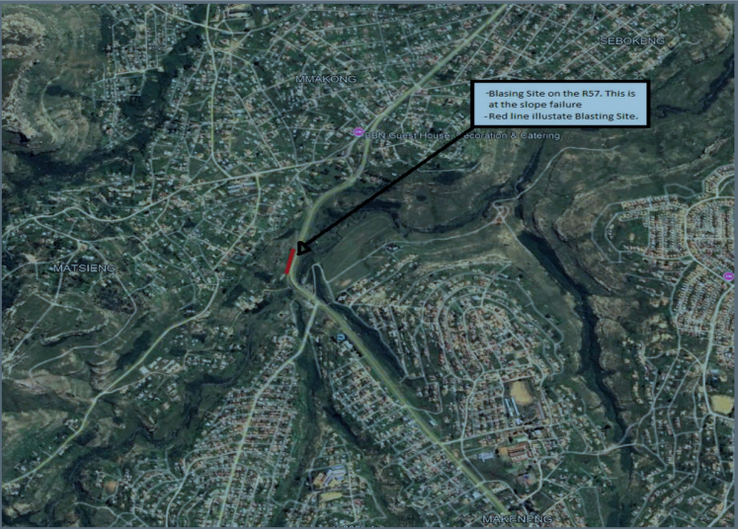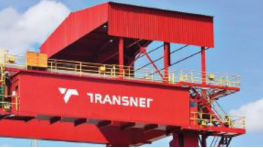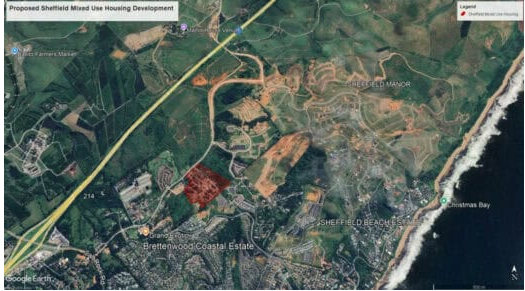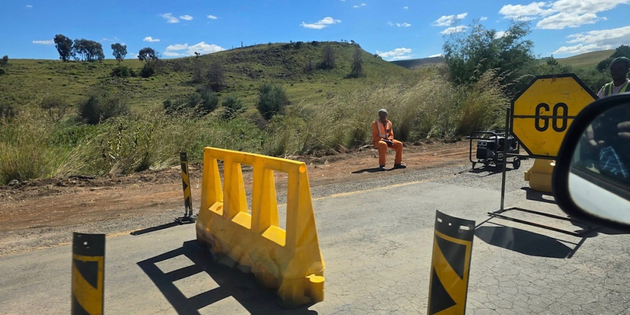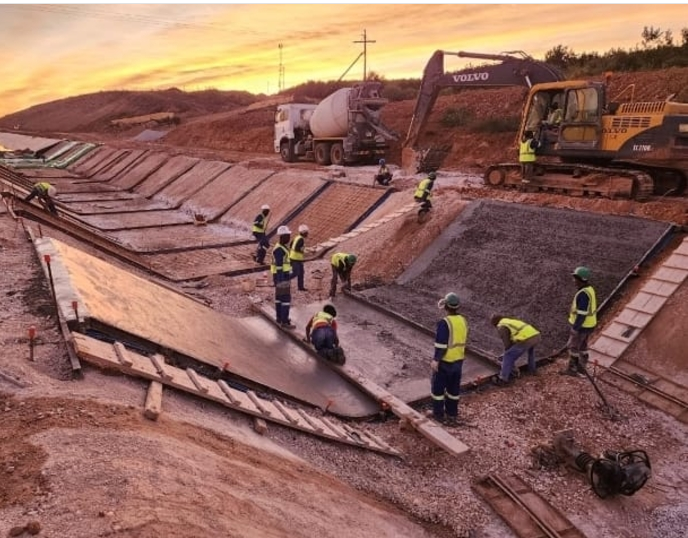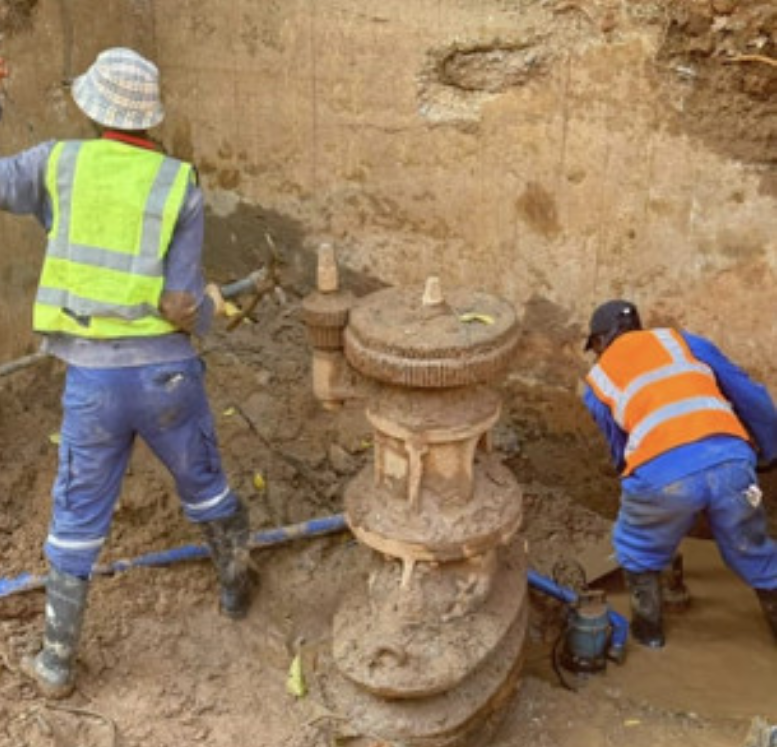Cement imports rocket by 51% in the first eight months of 2021
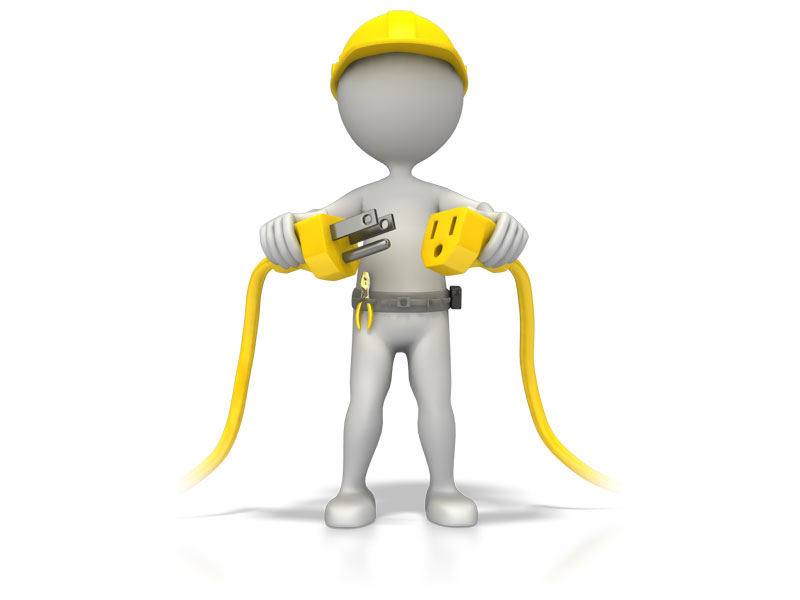
29-10-2021
Read : 851 times
Moneyweb
Source
Cement imports increased by 51% to 749 671 tons with a free on board (FOB) value of R445 million in the first eight months of this year compared to the same period in 2020, but that was when Covid-19 lockdown restrictions hampered imports.
However, cement imports during this eight-month period were also 3% higher than for the same pre-Covid period in 2019.
Elsie Snyman, CEO of construction market intelligence firm Industry Insight, said 1 256 984 tons of cement were imported into South Africa over the last 12 months and imports are well on track to reach the peak of early 2015 when more than 1.4 million tons were imported over the 12-month period up to February 2015.
However, Snyman said the designation of cement, which bans the use of imported cement on public sector projects, will have a major impact on suppliers of imported cement.
The use of imported cement on all government-funded projects has been prohibited by National Treasury effective from November 4, 2021.
‘Major victory’
Snyman said the ban is seen as a major victory for local cement producers, with the new rule requiring all tender invitations to use locally produced cement made from locally sourced raw materials.
“With over one million tons of cement imported each year and 330 000 tons of clinker, local cement producers are hoping to increase sales volumes and improve profitability in the industry, improve capacity utilisation while protecting jobs.
“The announcement supported investor sentiment, with both PPC and Sephaku Cement share prices increasing by between 20% and 40%,” said Snyman.
“This added a total of R2.26 billion to the market cap values of the two cement producers. While imported cement can still be used on private construction projects, it is hands off in terms of public sector funded projects,” she said.
Infrastructure boost
The designation of South African produced cement has assumed greater importance because of the government’s planned massive infrastructure investment plan.
The government in July 2020 unveiled 50 Strategic Infrastructure Projects (SIP) and 12 special projects, involving a total investment of R340 billion, as the first tranche of a massive infrastructure expenditure programme to drive the post Covid-19 economic recovery effort.
Earlier this month the government unveiled the second tranche of projects, comprising a pipeline of 55 new catalytic infrastructure projects from various sectors valued at about R595 billion.
JSE-listed Sephaku Holdings, whose building and construction materials asset portfolio comprises subsidiary Métier Mixed Concrete and associate Dangote Cement South Africa (SepCem), said this month the Infrastructure Fund had reported that it had submitted four projects, collectively valued at R21 billion, for National Treasury approval and will contribute R5.4 billion through finance from both public and private resources.
It said these projects have supposedly been approved by Infrastructure South Africa, which is tasked with overseeing the government’s infrastructure investment plan, and the Infrastructure Fund is apparently finalising four more projects valued at about R85 billion for submission in 2022.
Bryan Perrie, the CEO of Cement & Concrete SA (CCSA), told Moneyweb earlier this month the designation of cement will assist in protecting the local cement industry from unfair competition.
Importers’ public-sector exposure
Snyman said an Industry Insight survey indicated that more than 80% of the cement supplied was used on public sector contracts, “suggesting this ban on imported materials will have a major impact on suppliers of imported materials”.
She said Cemza, a joint venture between South African company Osho Cement and Germany-based Heidelberg Cement that manufactures cement using imported clinker, is also affected by the ban because it includes the use of raw materials.
“Their exposure, according to our survey results, shows around 45% to public sector contracts,” she said.
Snyman added that while the ban on imported cement is justified, the ban on using imported raw materials is perhaps a little bit more questionable because this is a common practice for many other local manufacturers in other sectors, including steel.
She said imported cement, including cement supplied by Cemza, contributed about 3% nationally to public sector infrastructure projects according to Industry Insight’s survey results, with the highest contribution in the Northern Cape at 11%.
She said imports then emanated largely from Pakistan, but Vietnam has since taken the spotlight because it is now responsible for most of the cement imports into the country while no imports of cement from China were recorded in the first eight months of the year.
Imported cement importers are facing further threats because the International Trade Administration Commission (Itac) in December 2020 accepted an application from the cement industry for a sunset review of the import tariffs imposed on cement from Pakistan five years ago.
The cement industry is also still waiting for Itac to finalise an application first submitted to it in August 2019 for “safeguard action” against cheap cement imports, particularly from countries such as China and Vietnam.
Snyman said price concerns have already raised their head because some feel the ban on imported cement may support higher price increases from local producers as localisation tends to increase costs while simultaneously discouraging investment.
This will reduce funds available for infrastructure and increase building costs, she said.
“One also must be mindful of the fact that this announcement by government could impact negatively not just in the sector directly affected [namely cement], but investment in other manufacturing sectors, where investors may very well fear a similar rebuke from the government down the line.
“Local cement producers do however invest billions into the South African economy, providing thousands of job opportunities and as a sector should be protected, without discouraging much-needed foreign direct investment or unintended consequences such as price rallies,” she said.
Statistics SA data reveals that cement prices increased by an average of 11.5% in 2019, slowing to an average of less than 2% in 2020 as the sector was hit hard by the Covid-19 pandemic, and have increased by an average of 6.9% in the first eight months of this year.
Recent News
Here are recent news articles from the Building and Construction Industry.
Have you signed up for your free copy yet?
